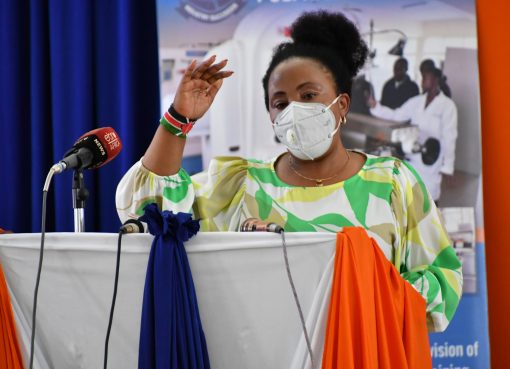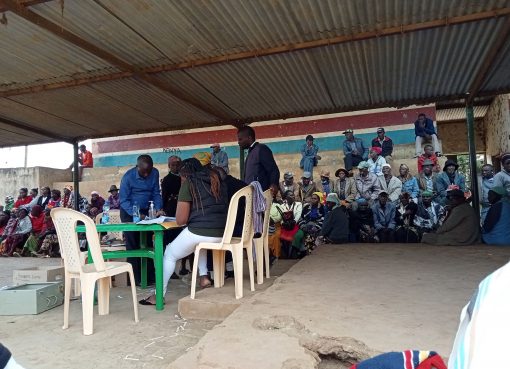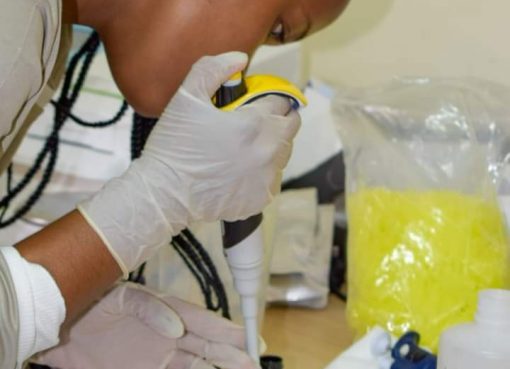Baringo County Livestock Chief Officer Winnie Bore has called on extension Livestock officers to enhance Vaccination of Livestock against endemic Lumpy Skin Disease (LSD), after a recent outbreak where a number of farmers have lost their livestock to the disease.
According to the Ms. Bore, the outbreak which has been around for the last two months, has been reported in Baringo Central and some parts of Baringo North.
The disease which is a highly infectious, eruptive but occasionally fatal on cattle is characterized by nodules on the skin in all body parts of the animals.
Also classified as notifiable disease, LSD is mostly caused by Neethling Poxviruses in contact with infected saliva, which is transmitted by insect vectors with direct or indirect transmission during the rainy season.
Mary Ngetich, a farmer in Seretunin in Baringo Central is among the people counting losses after her calf succumbed to the disease on Thursday morning.
According to the farmer, her calf stopped suckling on Tuesday which raised an alarm, and without the knowledge of what was going on, she contacted a veterinarian who visited and later established that it was LSD which has been prone in the area.
“At first I did not understand what was happening to the calf, it was only 6 months old, it portrayed some nasal discharge and was hyper salivating,” she added.
After a day, Mrs Ngetich said that the calf could not walk, and had difficulties while grazing with lesions on the nose.
On Friday her other two cows showed the same symptoms after the death of the calf which prompted her to seek help from a local veterinarian who also diagnosed the cows with LSD.
Mrs. Bore further states that the disease is trans-boundary which sometimes becomes hard to control due to the nature of transmission.
“For instance we can do our best in Baringo to contain the disease but if an infected cow comes from another area, our stock will be infected even by just stepping onto the saliva of the infected cow,” Bore said.
She further urged farmers to embrace investing in the treatment of livestock, instead of depending on government support.
The officer insisted that as an office they have taught the farmers and given them a cost benefits for taking responsibility for treating their animals.
Bore noted that as a department they have also given advice to the farmers and that they will do the quarantine and vaccination but not comprehensive vaccination because it is a trans-boundary disease.
“If we do not do a joint or collaboration vaccination with other counties, for example West Pokot, Samburu, Turkana and Laikipia, it will be an exercise in futility if we do not cooperate,” the Chief Officer said.
The chief officer said that as a department they are faced with a challenge when it comes to supply and availability of the vaccine, where they rely on Kenya Veterinary Vaccine Production Institute which may take like six months to one year before they disburse the vaccine.
“We are expecting a vaccine in two weeks but of importance is that farmers take responsibility and make sure that they vaccinate their animals all the time as we improve on disease surveillance,” Bore alluded.
A report published by National Drought Management Authority (NDMA) on their website bulletin last month revealed that the county had reported livestock disease which included pestes des petits ruminants (PPR), Contagious caprine pleuropneumonia (CCPP), East coast fever (ECF), foot and mouth (FMD) in Kampi Wakulima, Ngoswe, Kapkuikui and lumpy skin disease (LSD) in Kabarnet, Kapropita ward, Tartar, Sosion, Kituro and Sesia.
By Jebichii Chepkwony





